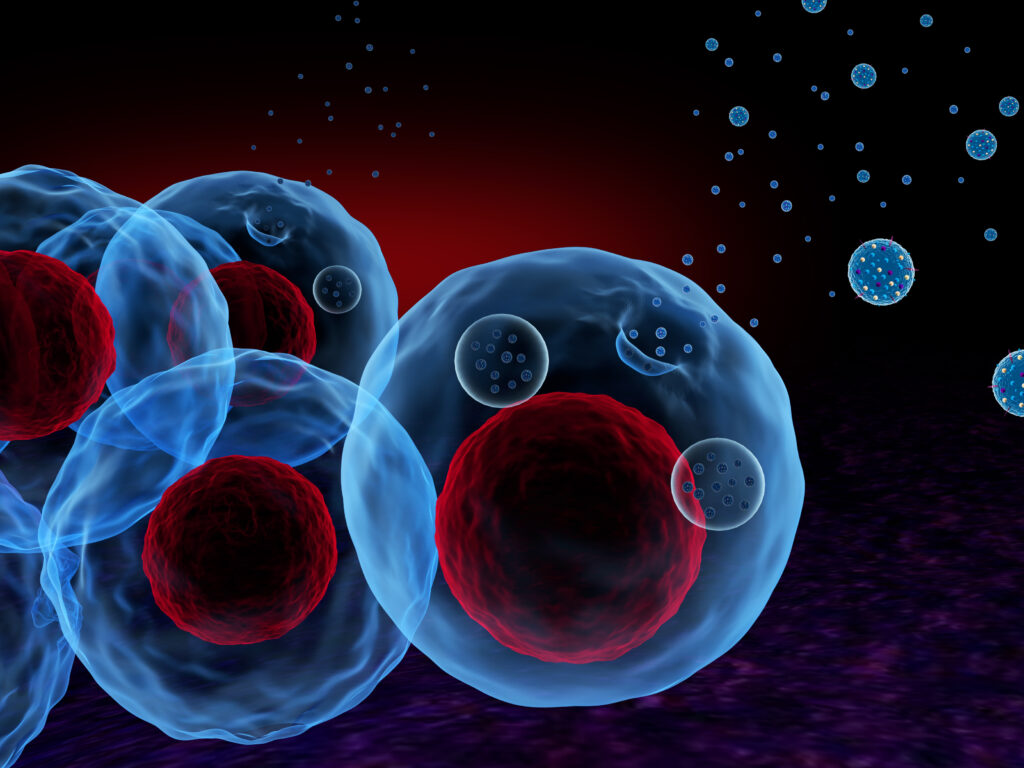The Role of MSC-Derived Exosomes in Ameliorating NAFLD through Pyroptosis Inhibition
Non-alcoholic fatty liver disease (NAFLD) has emerged as a significant health concern, affecting millions globally. It is characterized by the accumulation of fat in the liver without excessive alcohol consumption, and it can progress to more severe liver conditions, including cirrhosis and liver cancer. Recent research has indicated that pyroptosis, a form of programmed cell death associated with inflammation, plays a pivotal role in the progression of NAFLD. In light of this, scientists are exploring innovative therapeutic strategies that target the underlying mechanisms of the disease.
A recent study led by Anning Wang and colleagues delves into the potential of mesenchymal stem cell (MSC)-derived exosomes (MSC-Exos) to alleviate NAFLD by inhibiting hepatocyte pyroptosis. The researchers hypothesized that these exosomes could exert protective effects on liver cells, particularly when enhanced by curcumin preconditioning. Curcumin, a bioactive compound found in turmeric, has been recognized for its anti-inflammatory properties and potential benefits in various health conditions.
The authors previously demonstrated that a diabetic microenvironment could enhance the secretion capacity and anti-inflammatory activity of MSCs. This finding provides a compelling basis for investigating whether MSC-Exos, conditioned by a diabetic environment, could further inhibit pyroptosis in hepatocytes and ultimately ameliorate NAFLD.
The study underscores the importance of understanding the intricate interplay between cellular mechanisms and therapeutic interventions. By focusing on the role of pyroptosis in liver health and the potential of MSC-Exos, the research opens new avenues for treating NAFLD. The combination of MSC-Exos and curcumin preconditioning could represent a novel strategy to mitigate liver inflammation and damage, offering hope for patients suffering from this increasingly prevalent condition.
This groundbreaking research contributes significantly to the field of regenerative medicine and highlights the potential of stem cell therapies in managing complex diseases like NAFLD. The findings from Wang and his team may pave the way for future studies aimed at refining these therapeutic approaches and understanding their implications in clinical settings.
In conclusion, as the global burden of NAFLD continues to rise, it is essential to explore innovative treatment modalities that target the disease’s underlying mechanisms. The work of Anning Wang, Bing Li, Wanlu Su, HaiXia Zhang, Ruofan Hu, Yue Zhang, Jian Zhao, Rui Ren, Yiming Mu, Yu Cheng, and Zhaohui Lyu represents a significant step forward in this endeavor, potentially transforming the landscape of NAFLD management and improving patient outcomes.


